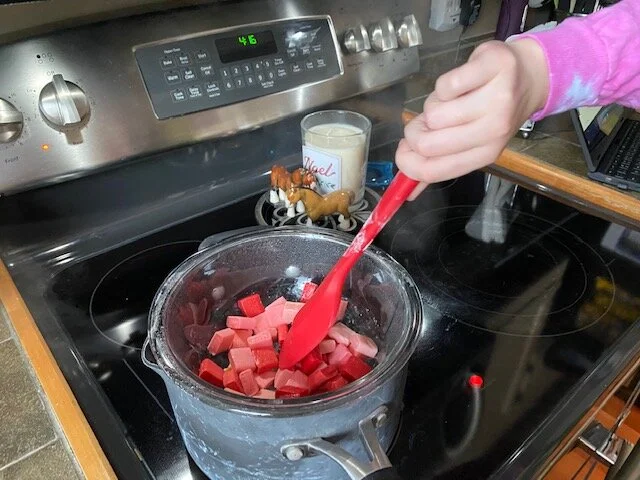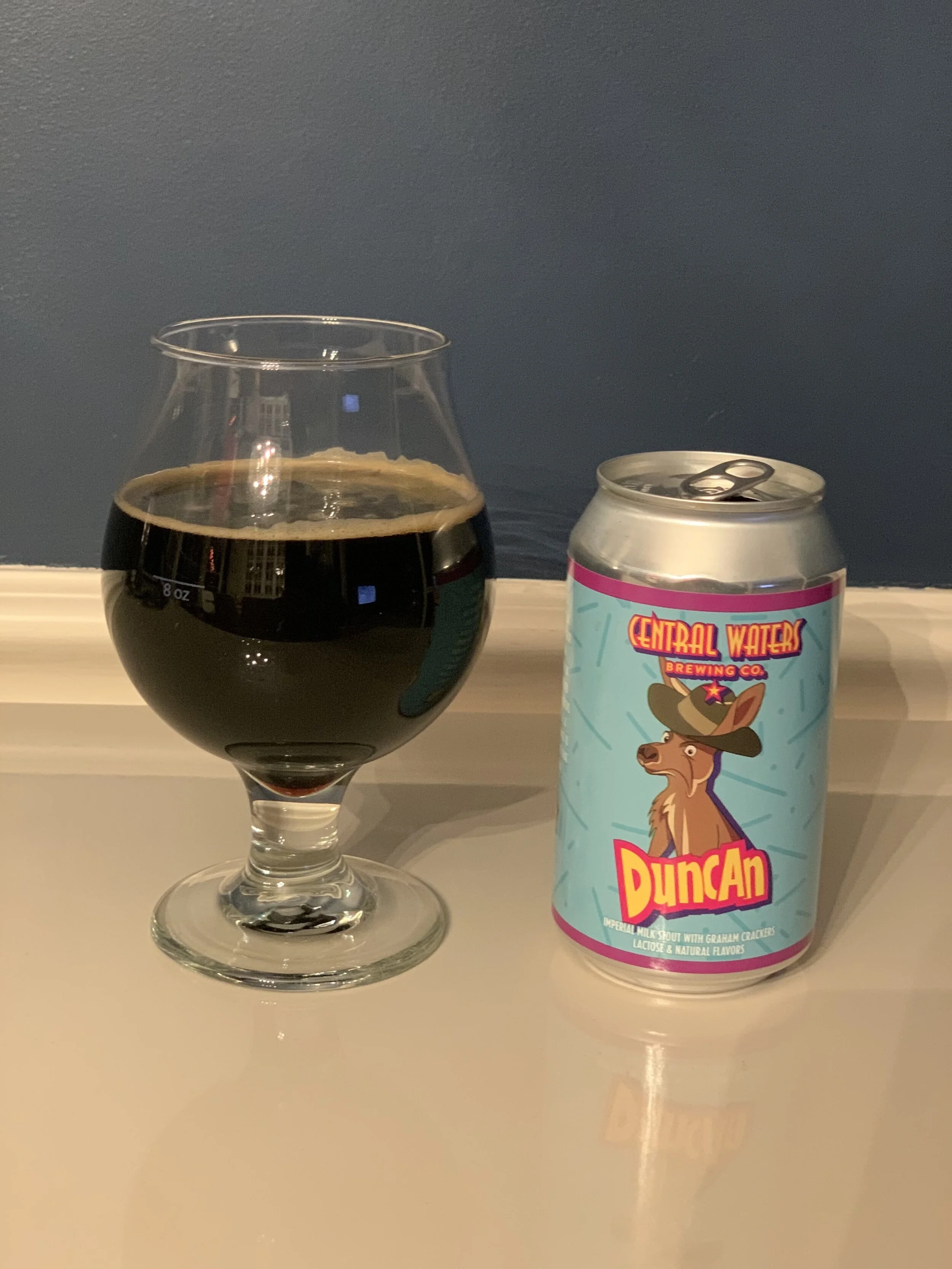Teaching your kids about the value of a dollar.
Dad can I have this? Dad can I have that? Please? Please? Pleeeaaaassssseee? We hear it all the time. That toy from Target, the candy from the grocery store, the ball from the sporting goods shop. There is always something they want, as if our wallets are overflowing with money just waiting to be spent. We respond with a no, accompanied by the same old lines - “money doesn’t grow on trees” and “I’m not made of money”.
Most younger children do not have an understanding of money, how it’s earned or where it comes from. Those old lines make no more sense to them than why you said no at the store in the first place. I tried many times on the way home from stores to explain to a disappointed child how money works, how we earn it, why we save, and why we can’t buy everything we see, only to be met with blank stares in the rear-view mirror. I get it. It’s complicated for most adults let alone our children.
Last Summer, in an effort to try to teach my daughter about money and commerce, I decided to talk her into starting a business where she could develop and sell her own product. Like most kids, her first thought was a lemonade stand. We live on a quiet cul-de-sac so I knew that would be tough to pull off. Her second idea was to make custom bracelets, but I explained to her that selling bracelets from a kit that anyone can buy at the store would not be original enough. Her next idea was to build and sell birdhouses. Her grandfather is a carpenter by trade, and they had built a birdhouse together earlier in the spring. I told her that was an interesting idea and to spend some time doing research so that she could come up with something unique and sellable.
Based on her research, she decided cedar was the best wood to use. She chose the diameter of the entrance hole that was appropriate for most songbirds. She came up with a design with her papa and decided to incorporate a removable perch because her research told her that not all birds like the perch. Next, she had to figure out how to source the materials. Using her papa’s connections, she was able to find a wood supplier, and with my help, we calculated the cost to build each house and ultimately the optimum retail price that would allow her to make a profit. With that, we decided to move forward and order materials enough to build ten houses. Her papa delivered her an invoice for the materials and she took a loan from mom and dad to pay it, with the stipulation that the loan must be paid off through her initial sales. The materials were delivered pre-cut, so with minimal help from mom and dad, she constructed the houses.
Next, we dove into sales and marketing. We got wind of a farmer’s market that was free to vend at so she decided she wanted to set up a booth there. She created her own sign and even created flyers that she handed out to neighbors in advance, promoting the farmers market and that she’d be participating. We had a discussion about using this as an opportunity to help others, so she decided she wanted to donate some proceeds from each house she sold to a local nature preserve. She promoted that and the nature preserve at her booth.
As parents, we didn’t know what to expect. We tried to do our best to lower her sales expectations while commending her on the job she had done to this point. She ended up selling out! In fact, she ended up ordering materials and constructing 10 more houses and attending another event. She sold out there as well. After paying off her loan and the invoice for the second order from her papa, and donating $100 to the nature preserve, she netted close to $200. It was a big success!
Perhaps more valuable than the money, were the lessons and teachable moments throughout the journey. As I mentioned earlier in this article, the goal of this project was to illustrate the value of a dollar, how it’s earned and how business works. She had to work hard, commit a lot of time and sometimes sacrifice playtime to earn the money she made. Having to take out a loan and pay off an invoice sparked a lot of meaningful conversations about money, the value of a dollar and investing money to make money. The sales and marketing not only sparked creativity, but also gave us a platform to talk about some of the advertising she sees on T.V. and why every toy always seems like the greatest toy in the world when in reality it might not be. She got lessons in math and accounting and learned terms like net and gross earnings.
None of these lessons could have been learned or taught through conversation. By creating a project that she was passionate about, she was able to comprehend the lessons through a fun, real world experience and they’ve stuck. Now when I go to Target, do I get asked to buy something? Sometimes, but now when I tell her “money doesn’t grow on trees”, it makes a little more sense, and she understands and moves on. Plus, now that she has a little savings, we’ve established that if it’s something she really wants and it’s within reason, she can spend her own money on it. Funny how hard those decisions become when it’s her own money.
Follow us on Facebook to stay up to date on added content and family activities happening in our area!





























